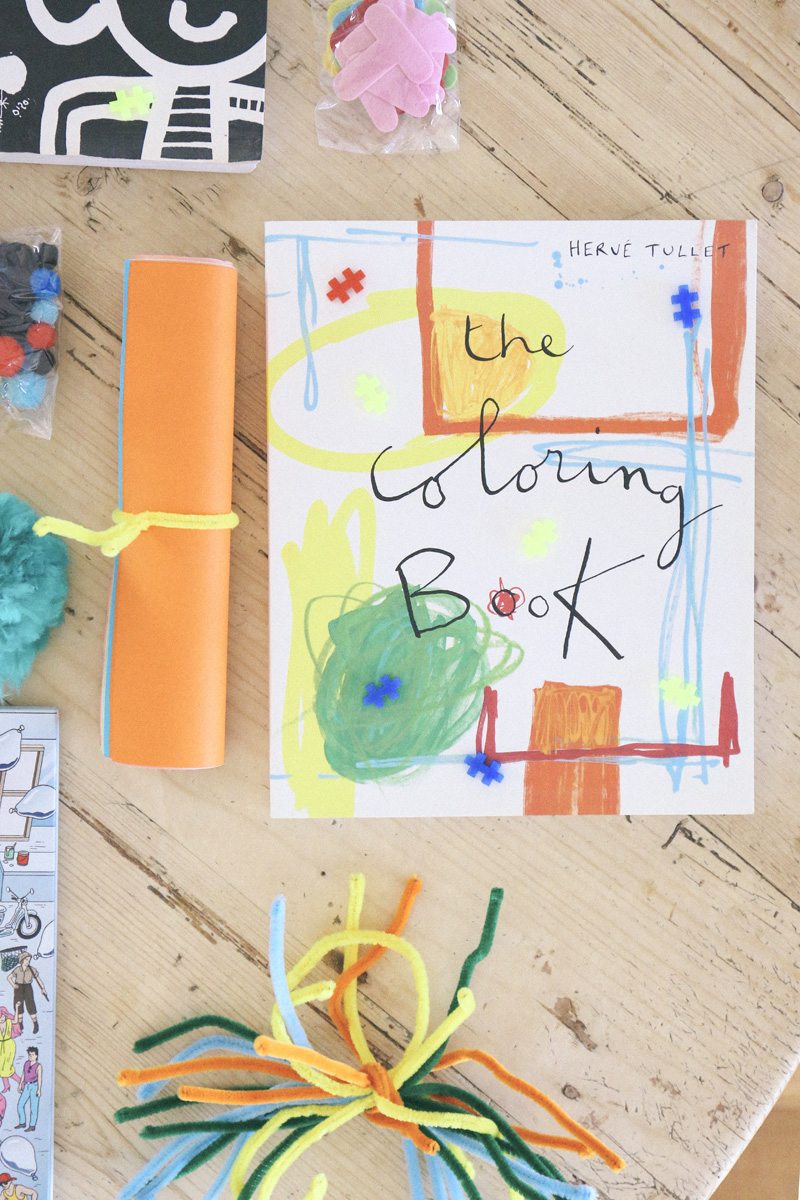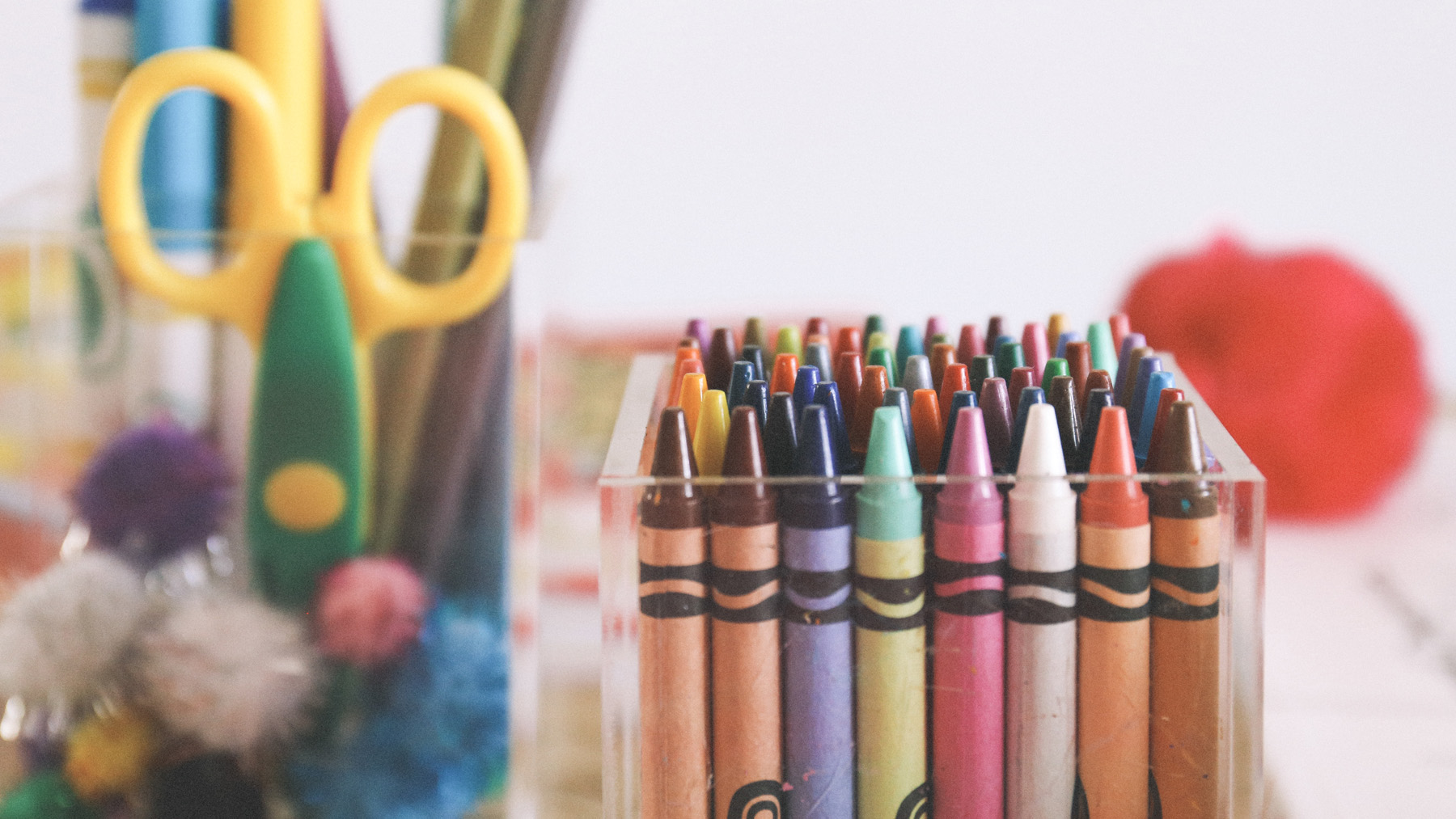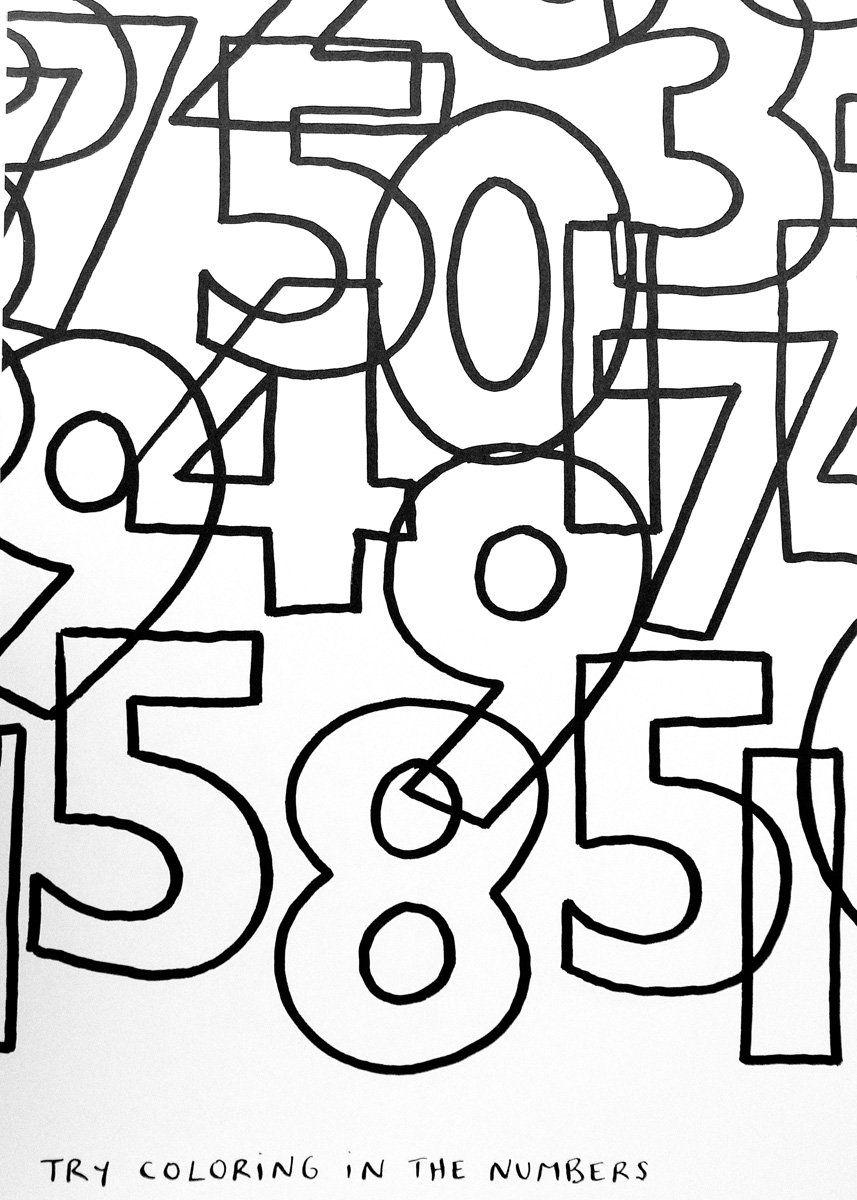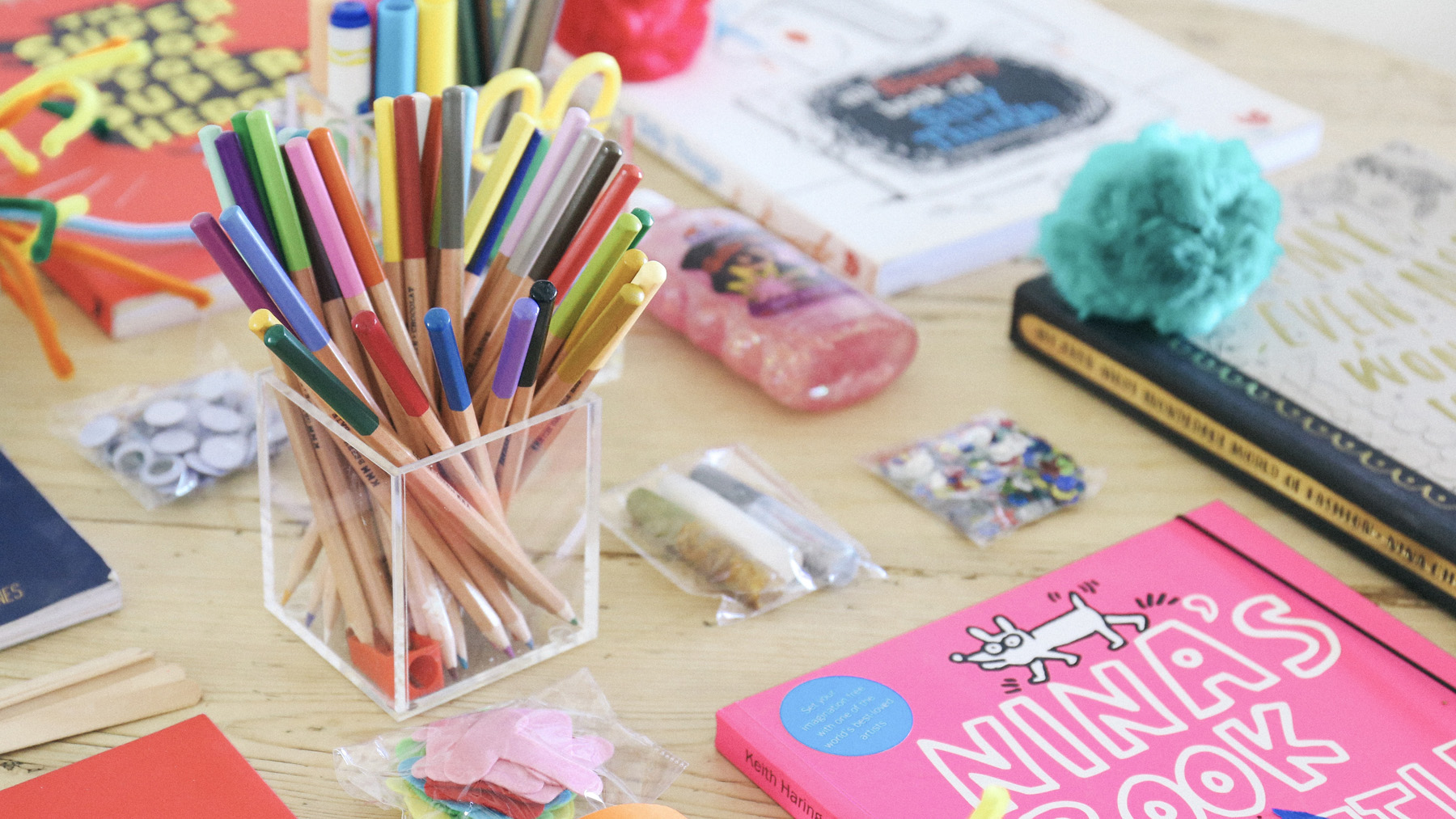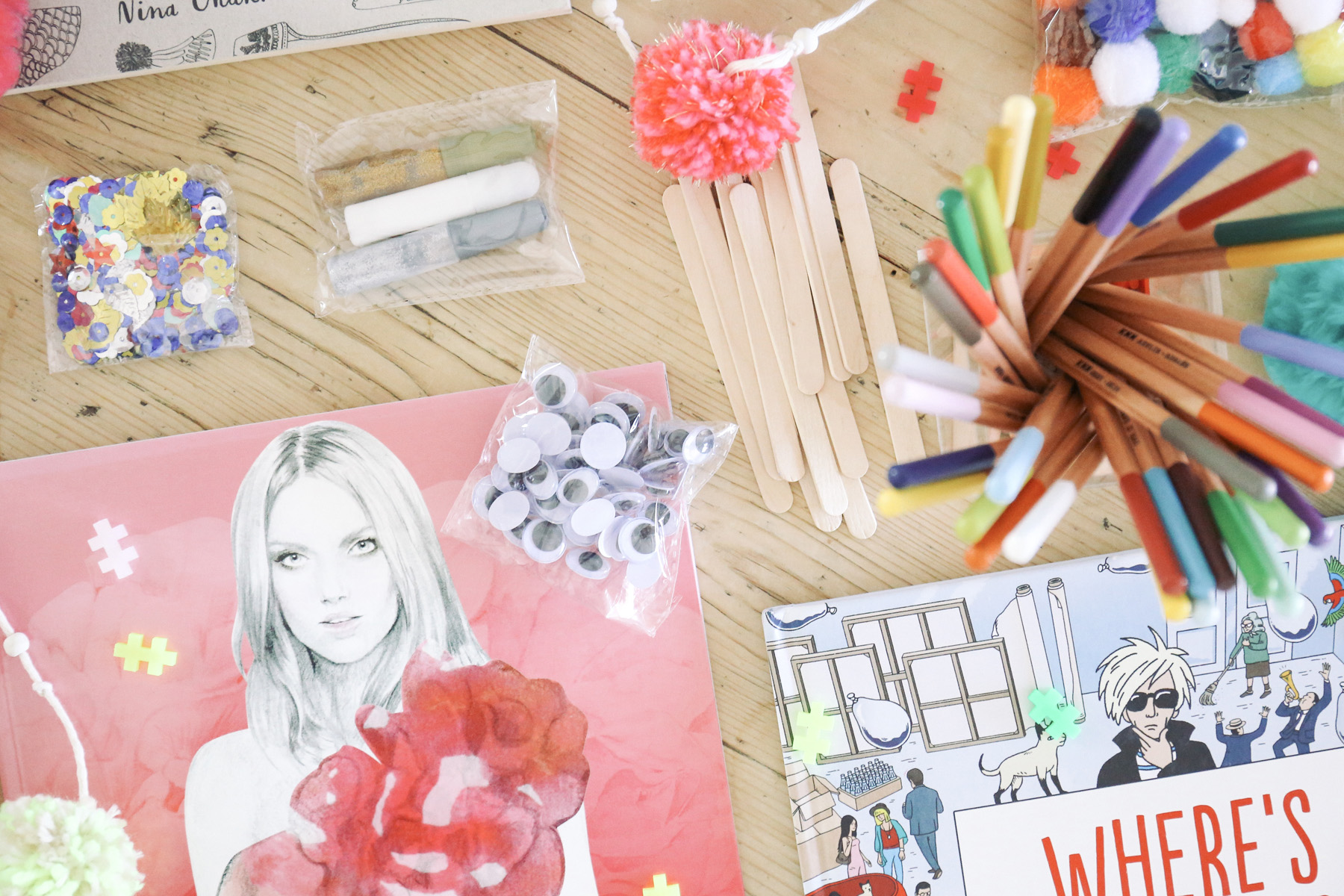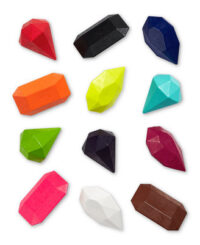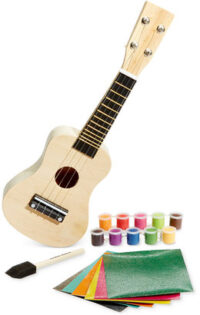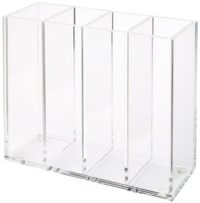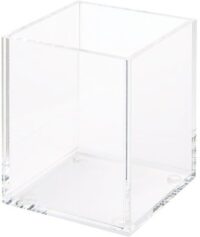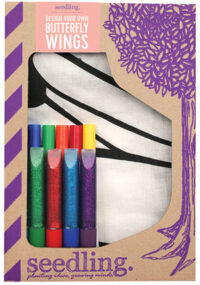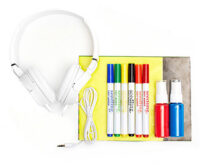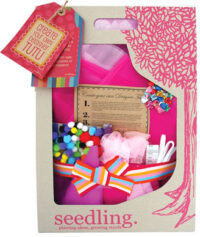Learning to create and appreciate visual aesthetics is one of the most important lessons we learned as children. It’s evident the effect because my brother and I both work in very creative fields using exactly those skills. I don’t think our lessons came with much intention, art and music were part of our environment as a given. It’s interesting becoming an adult and realizing that is not always the case! My brother and I had no choice but to learn a musical instrument- piano for me, drums for him. My mother is an artist- my favorite medium of hers are her free hand drawings. My aunt and uncle are very musically inclined- she teaches music at the collegiate level and to middle school students, he plays the drums and was the one to teach my brother:). What a gift it was to grow up surrounded by the arts and not really know until becoming adults how it positively shaped us.
The arts are sadly taking a backseat in the school system so it’s up to us as parents in the home to make sure we foster this development.
In all things child related, it’s more fun to be involved when the materials are cool. I like to seek out interesting coloring and story books, quirky tales of artists from museums in NYC and LA. They even have kitschy coloring books for adults as you’ve probably seen.
Creating a cool art station is fun to do. Ours involves a lot of acrylic, pom poms and fun markers mostly from Land of Nod. If it looks cute, I’ll be more inclined to participate because while I enjoy reading with the kids, art projects are not a favorite for me. With that being said, one of the best brands is Seedling – hands down. They have the CUTEST projects that come in a box ready to go. They’re so cute they make a non art project mom like me want to be an art project mom. 😅They carry them on the shelves at Au Fudge and sometimes at Anthropologie but they are online and really do have the cutest artsy fartsy projects for boys and girls.
For more on the Developmental Benefits of Art::
Motor Skills: Many of the motions involved in making art, such as holding a paintbrush or scribbling with a crayon, are essential to the growth of fine motor skills in young children. According to the National Institutes of Health, developmental milestones around age three should include drawing a circle and beginning to use safety scissors. Around age four, children may be able to draw a square and begin cutting straight lines with scissors. Many preschool programs emphasize the use of scissors because it develops the dexterity children will need for writing.
Language Development: For very young children, making art—or just talking about it—provides opportunities to learn words for colors, shapes and actions. When toddlers are as young as a year old, parents can do simple activities such as crumpling up paper and calling it a “ball.” By elementary school, students can use descriptive words to discuss their own creations or to talk about what feelings are elicited when they see different styles of artwork.
Decision Making: According to a report by Americans for the Arts, art education strengthens problem-solving and critical-thinking skills. The experience of making decisions and choices in the course of creating art carries over into other parts of life. “If they are exploring and thinking and experimenting and trying new ideas, then creativity has a chance to blossom,” says MaryAnn Kohl, an arts educator and author of numerous books about children’s art education.
Visual Learning: Drawing, sculpting with clay and threading beads on a string all develop visual-spatial skills, which are more important than ever. Even toddlers know how to operate a smart phone or tablet, which means that even before they can read, kids are taking in visual information. This information consists of cues that we get from pictures or three-dimensional objects from digital media, books and television.
“Parents need to be aware that children learn a lot more from graphic sources now than in the past,” says Dr. Kerry Freedman, Head of Art and Design Education at Northern Illinois University. “Children need to know more about the world than just what they can learn through text and numbers. Art education teaches students how to interpret, criticize, and use visual information, and how to make choices based on it.” Knowledge about the visual arts, such as graphic symbolism, is especially important in helping kids become smart consumers and navigate a world filled with marketing logos.
Inventiveness: When kids are encouraged to express themselves and take risks in creating art, they develop a sense of innovation that will be important in their adult lives. “The kind of people society needs to make it move forward are thinking, inventive people who seek new ways and improvements, not people who can only follow directions,” says Kohl. “Art is a way to encourage the process and the experience of thinking and making things better.
Improved Academic Performance: Studies show that there is a correlation between art and other achievement. A report by Americans for the Arts states that young people who participate regularly in the arts (three hours a day on three days each week through one full year) are four times more likely to be recognized for academic achievement, to participate in a math and science fair or to win an award for writing an essay or poem than children who do not participate.
